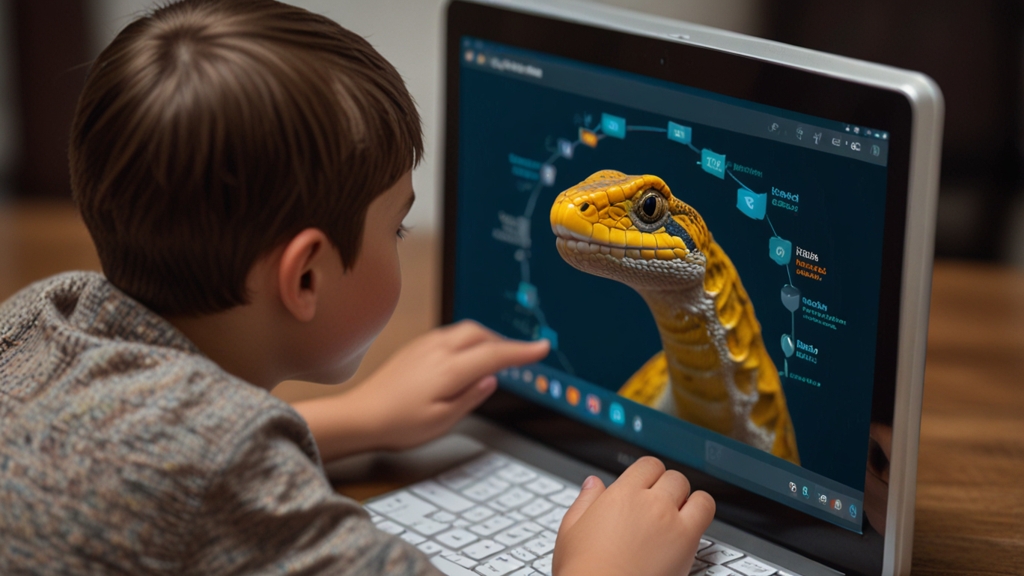Can You Really Learn a Language in 10 Minutes a Day? Find Out Now
With today’s fast-paced lifestyle, finding time to learn a new language might seem like an impossible task. Yet, many language learning apps and programs claim that you can make significant progress with just 10 minutes of practice each day. Is this an effective way to learn a language, or merely a marketing gimmick? Let’s delve into the subject and uncover the truth.
The Basics of Language Learning
Language learning is a multi-faceted process that involves understanding grammar, expanding vocabulary, developing speaking and listening skills, and practicing reading and writing. Traditionally, language learning has been associated with hours of dedicated study, whether in a classroom setting, through immersive experiences, or self-study using textbooks and audio resources.
Microlearning and Its Benefits
Microlearning, the concept of breaking down learning into small, manageable chunks, has gained popularity in recent years. Proponents argue that short, focused learning sessions can yield significant benefits, especially in language learning. The benefits of microlearning include:
- Consistency: Practicing daily, even for a short time, helps solidify knowledge and maintain a learning routine.
- Focus: Short sessions force learners to concentrate on the task at hand, often leading to better retention of information.
- Accessibility: It’s easier to find 10 minutes in a busy day compared to dedicating an hour or more, making it more likely that learners will stick with it.
Effectiveness: What the Research Says
Studies have shown that short, frequent study sessions can be more effective than longer, less frequent ones. This approach leverages the spacing effect, a well-established psychological principle that states information is better retained when learning is spread out over time rather than crammed into a single session. According to a study published in the Journal of Educational Psychology, learners who used spaced repetition methods performed significantly better in retention tests than those who used massed practice.
"It is not the duration of study that guarantees learning, but the quality and consistency of effort" – Dr. Paul Pimsleur, Linguist and Language Learning Expert
Practical Application: Making the Most of Your 10 Minutes
To make the most of 10-minute study sessions, it’s crucial to focus on specific aspects of language learning. Here are some tips to maximize efficiency:
- Use a Language App: Applications like Duolingo, Babbel, and Memrise are designed for short, daily practices and make language learning more accessible.
- Flashcards: Tools like Anki and Quizlet are excellent for vocabulary building through spaced repetition.
- Listen to Audio Clips: Incorporate listening practice by tuning into podcasts, language learning programs, or music in your target language.
- Speak Aloud: Practice pronunciation and speaking skills by repeating phrases or engaging in short conversations with language partners.
Limitations and Realistic Expectations
While it’s possible to make measurable progress with 10 minutes of daily practice, it’s important to manage expectations. Becoming fluent in a language typically requires a more immersive and comprehensive approach. Ten minutes a day can build a strong foundation, but reaching fluency will necessitate additional practice and exposure to the language, including longer study sessions and real-life conversation practice.
"Real fluency comes from understanding context and cultural nuances, which usually requires more than just a few minutes of daily practice" – Dr. Kato Lomb, Polyglot and Interpreter
Conclusion: Can You Really Learn a Language in 10 Minutes a Day?
In summary, practicing a new language for 10 minutes a day can indeed lead to progress, particularly in the early stages of learning. Microlearning techniques make language acquisition more accessible and help build a daily habit. Nevertheless, achieving fluency will likely require more extensive effort and a broader range of learning activities. Consistency, quality of study, and a willingness to expand learning time as needed are key to mastering a new language.
If you’re consistent and utilize effective learning strategies, the answer is a qualified yes — you can make meaningful progress in learning a new language in just 10 minutes a day.










